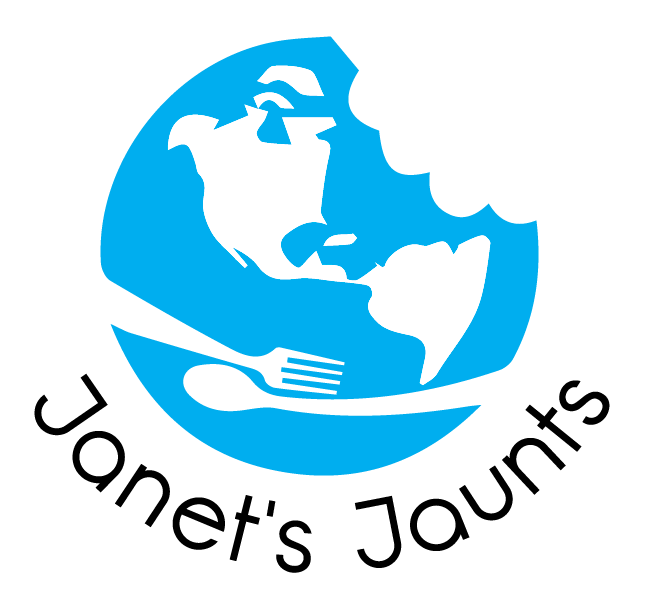The easy-melting Raclette cheese, which is available in the U.S., is melted with a heating device that’s brought to the table. The melted cheese is scraped onto a plate for dipping with an assortment of veggies.
Maybe next time I’ll have it.
Ingredients
2 onions finely chopped
2 ½ pounds stewing beef, cut into equal-sized small chunks
3 tablespoons flour 1 bottle dark beer (or blonde beer for a lighter taste)
2 ½ pints beef stock
Big dash of red wine vinegar
1 tablespoon brown sugar
2 bay leaves
2 sprigs thyme
1 clove garlic
2 carrots, cut into coins
Salt and pepper
Butter
Slices of gingerbread
Mustard (Dijon is preferred)
Instructions
Sauté onions in butter and then set aside. Dip meat cubes in seasoned flour and saute in butter until browned on all sides. Add vinegar and cook for 2 minutes, stirring. Return the onions to the pan with the meat and pour in the beer. Stir and bring to a boil. Add the beef broth and sugar and bring back to boil. Add carrots and herbs. Slather mustard over the gingerbread and cover the stew, mustard side down. Cover the pan and cook for 2 hours over low heat until the sauce is thick.
Note: It’s traditionally served with fries but goes well with boiled new potatoes, pasta and grilled gingerbread croutons. Some say it’s best when reheated the next day.
— Adapted from a verbal recipe given to Janet Podolak in Lille.









Recent Comments